When Croatia declared independence from Yugoslavia in 1991, what followed was several years of conflict, fighting, and a struggle for the new nation to assert itself on the world stage.
However, in recent years it has not only survived but thrived in the heart of Europe. Tourism has truly exploded in the last decade, as visitors flock to Croatia for its stunning coastline, historic cities, and vibrant culture.
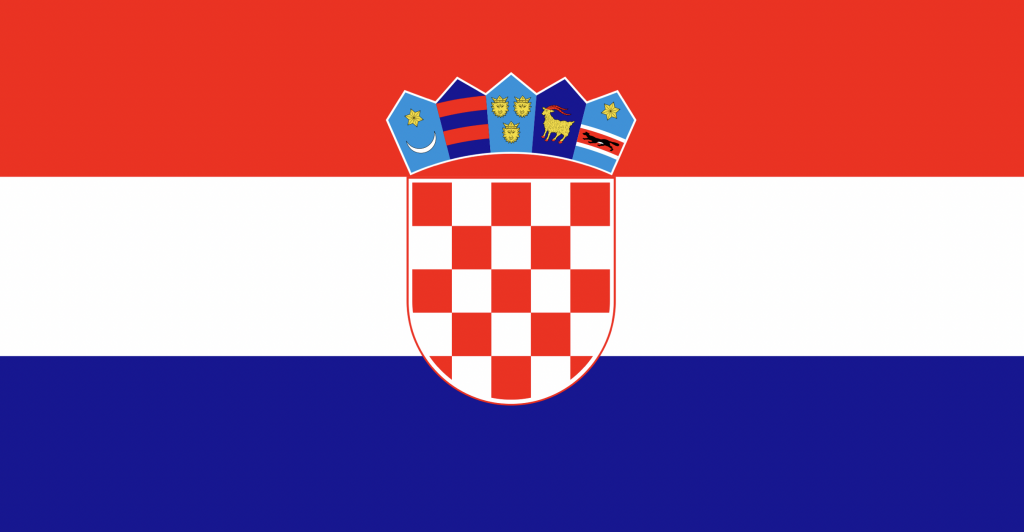
Throughout all of this, the Croatian flag has stood as a symbol of modern nationhood. It represents centuries of complex history, diverse influences, and the country’s enduring quest for sovereignty.
In this guide, we explore the history of Croatia’s current national flag, the evolution of its national symbols, and the importance that these hold for Croats today.
Table of Contents
Croatia’s First National Symbols
Croatia’s distinct cultural identity dates back over a millennium, to when it was an independent kingdom in the early Middle Ages. Croatia can be recognized as a distinct political entity from the 9th century, first as a duchy and later as the Kingdom of Croatia.
Even in these early years, Croatia’s leaders used distinct banners and colours to symbolize their control. The checkerboard pattern, or šahovnica, is believed to have originated during this period. While its exact origins are uncertain, Croatian folklore offers an story.
According to legend, King Stjepan Držislav was captured by the Venetians in the 10th century. He challenged the Venetian leader to a chess match, wagering his release on the outcome. Držislav won every game so convincingly that he decided to incorporate the chessboard pattern into his coat of arms.
In 1102, Croatia entered into a union with the Kingdom of Hungary, an arrangement that would shape its future symbols and identity. Under Hungarian rule, Croatia maintained its autonomy, but the region was influenced by both Hungarian and Central European cultures. This fusion of influences is reflected in Croatian cultural and visual symbols.
Foreign Rule, and Croatia’s Struggle for Autonomy
Given how Croatia retains a strategic coastline on the Adriatic Sea, it has been at the crossroads of empires over the centuries.
In the 15th and 16th centuries, the Ottoman Empire posed a significant threat to Croatian territory, leading to several periods of military conflict and shifting borders. Later, Croatian lands came under the influence of the Habsburg Monarchy, before being fully integrated into the Austrian Empire by 1527.
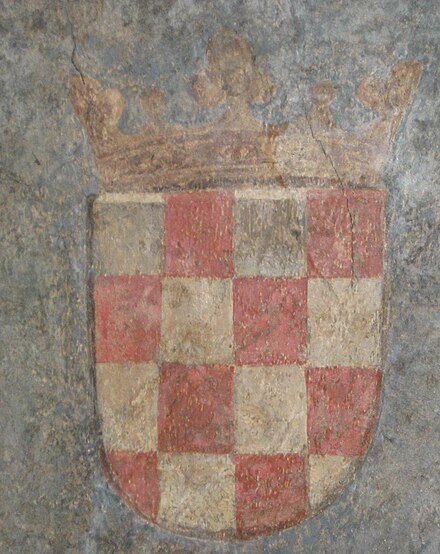
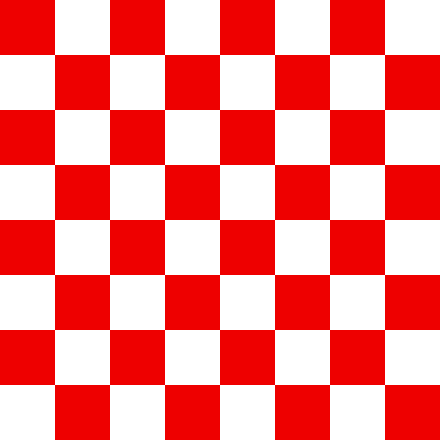
During this time, Croatian national identity was often neglected by foreign powers, yet Croats retained their cultural traditions, language, and symbols. Notably, it was in 1495 that we have the first example of the šahovnica being recorded as a national symbol. It was used to represent Croats when they saw King Maximillian I on a visit to Innsbruck.
Come the 19th century, amidst rising nationalism in Europe, Croatia began to reassert its identity. The red, white, and blue tricolour — which would later form the Croatian flag —came to symbolize Croatian nationalism and unity. These colours connected Croats to their broader South Slavic identity, alongside Serbs and Slovenes. The šahovnica also re-emerged at this time and was seen on various flags, emblems, and banners.
The Flag of Croatia Under Yugoslavia
The early 20th century marked a turning point in Croatian history. After World War I, Croatia became part of the newly established Kingdom of Serbs, Croats, and Slovenes, later renamed Yugoslavia.
Under this South Slavic union, Croatia lost its distinct flag, adopting the Yugoslav tricolour—a blue, white, and red horizontal flag intended to symbolize the unity of South Slavic peoples. Croatian identity was preserved through cultural expressions rather than explicit political symbols. Croats and Slovenes practiced Catholicism, whereas Serbs were Orthodox Christians.
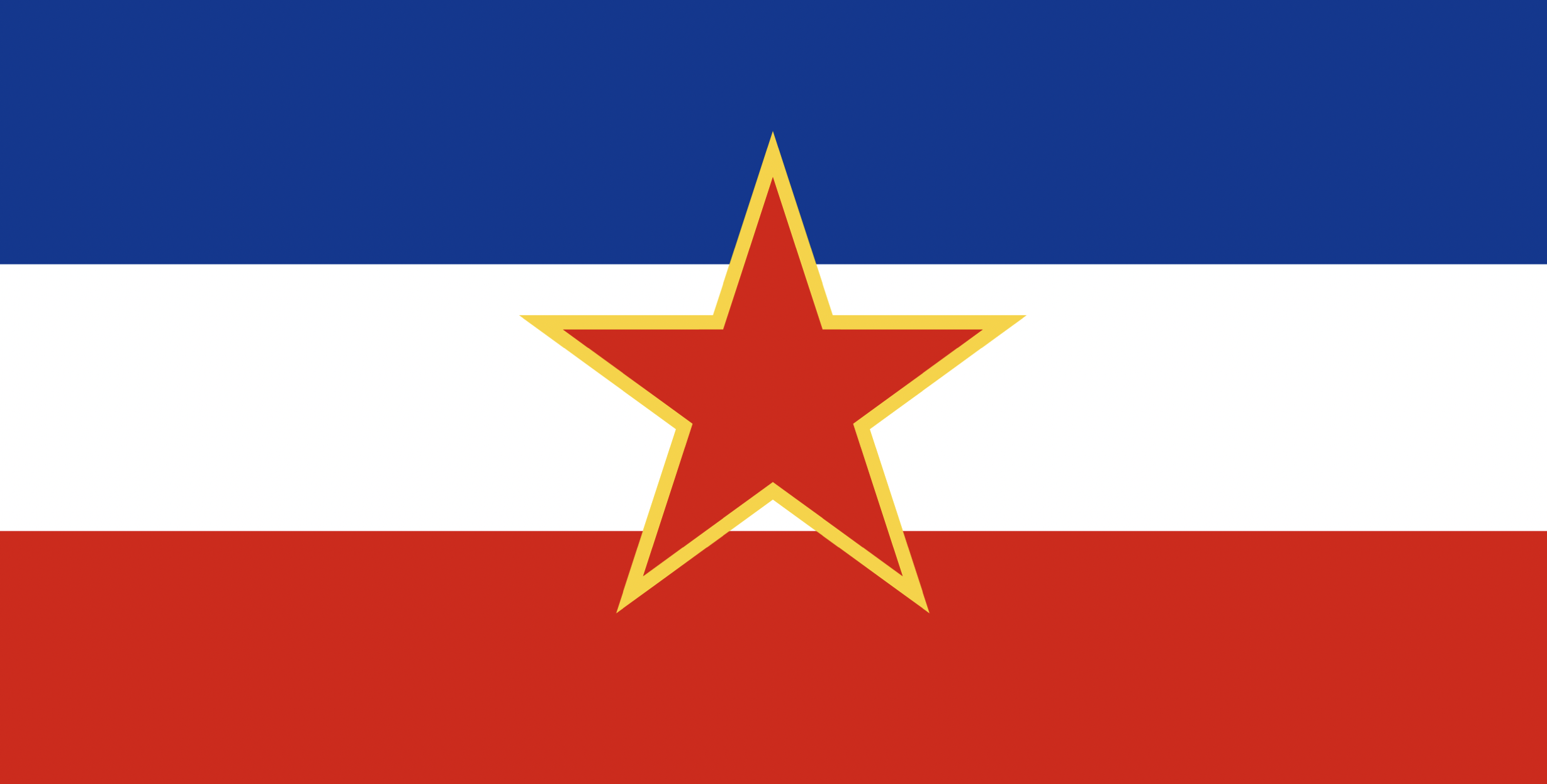
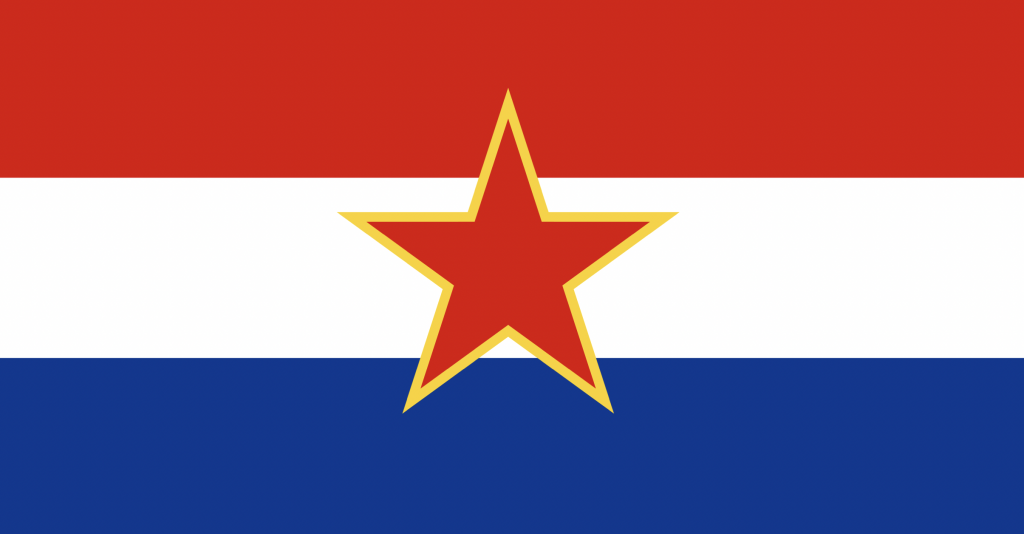
During World War II, Croatia briefly regained its national symbols. This was under the Independent State of Croatia (NDH), a Nazi puppet state. The šahovnica was incorporated into its flag, which tainted the symbol due to its association with the fascists. This period left a complex legacy, and the šahovnica became controversial. Now, it linked both Croatian identity and the painful wartime occupation together.
After the war, Croatia was re-integrated into Yugoslavia, which was now a socialist federation. A new Croatian flag was adopted, with the red Yugoslav star in the center designed to emphasize socialist unity over national identities. This flag was distinctly uninspiring, being identical to the national flag except with the colours reversed.
In private, Croatians continued to cherish their cultural heritage. The šahovnica quietly endures as an emblem of Croatian identity, despite its previous associations and the intentions of the Yugoslav government.
Croatia’s Path to Independence
As Yugoslavia fell apart, Croatia declared independence on June 25, 1991. After nearly 75 years of union with other South Slavic nations, it was re-establishing its sovereignty. As the country fought through the Croatian War of Independence, there was a renewed push to establish unifying national symbols.
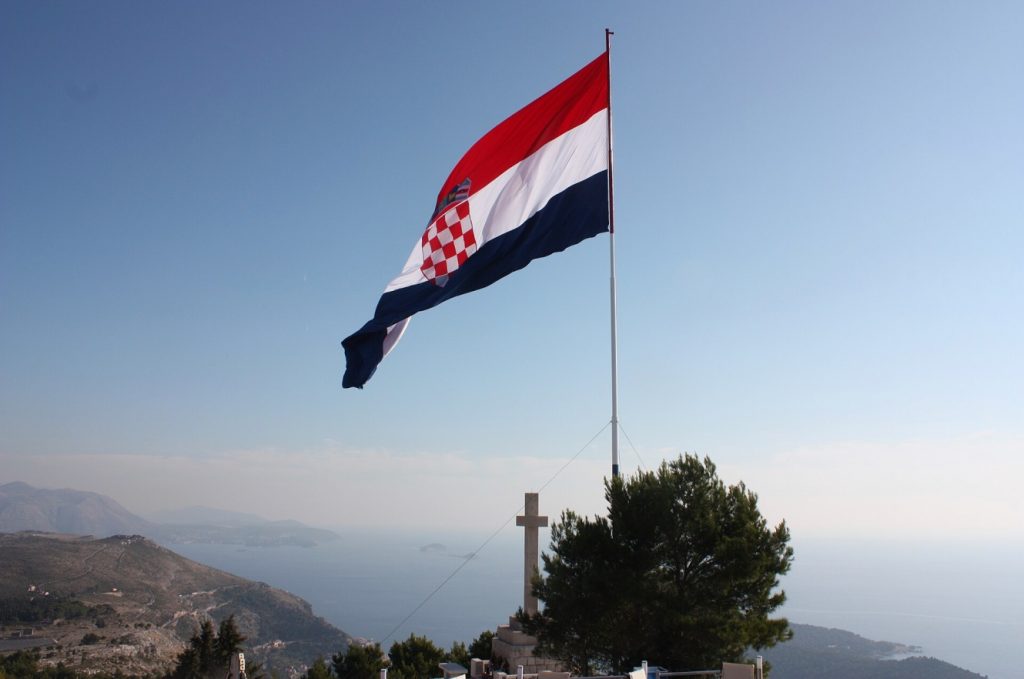
The flag chosen for the newly independent Croatia was a horizontal tricolour of red, white, and blue. The iconic šahovnica appeared in the shield at the centre. This symbolized both the continuity of Croatia’s historical identity and its aspirations as a modern European state. Notably, the šahovnica was able to reinvent itself as a positive symbol of Croatian pride, shedding its wartime associations.
The Modern Croatian Flag: Symbolism and Heritage
The flag of Croatia unites the historical and modern symbols that resonate deeply with Croatians. The red, white, and blue colours reflect Croatia’s connections to the South Slavic heritage, while the šahovnica shield, made up of 13 red and 12 white squares, serves as the emblem of Croatian sovereignty.
- The five smaller shields: these are for the historical regions of Croatia: Croatia proper, Dubrovnik, Dalmatia, Istria, and Slavonia.
- Red band: represents bravery and the blood shed for Croatian independence.
- White band: signifies peace, hence why it is positioned in the middle of the flag.
- Blue band: symbolizes freedom, as well as the nation’s beautiful Adriatic coastline.
- The Šahovnica shield: given its ancient origins, it connects the modern state to its ancient medieval roots. It reminds Croatians of their efforts in maintaining their identity.
The Croatian flag, especially the šahovnica, is also flown by members of the global Croatian diaspora. It is commonly seen in Bosnia and Herzegovina, where there is a large population of ethnic Croats.
How can I see the Croatian Flag for Mysefl?
The modern Croatian flag serves as a link between Croatia’s rich heritage and its vision as a vibrant European nation. Since gaining independence, Croatia has made significant strides. This is reflected in its flag, which blends historical depth with modern aspirations.
If you’d like to experience Croatia firsthand, then why not join our Ultimate Yugoslavia Tour? We run this adventure twice a year in May and November, offering a deep dive into all seven of the former Yugoslav republics. Spending a night in Zagreb, places Croatia in the context of its neighbours, thus allowing you a unique view of the region.
For a more personalized experience, we can craft a custom Croatian itinerary to align with your specific interests. While the country has become very popular in recent years, many hidden gems require insider knowledge to uncover, which you can do with our experienced local guides. For more details, visit our Croatia page or send us an email, and we’ll construct the trip of your dreams!





